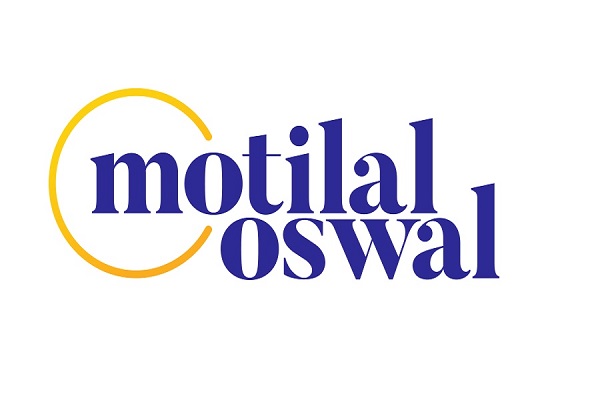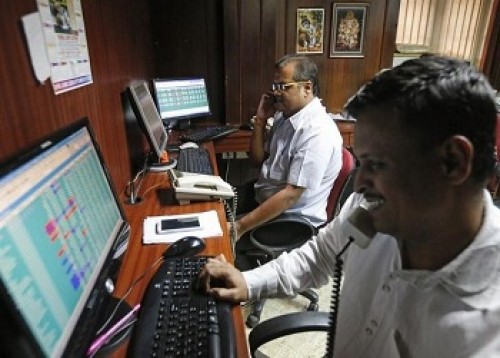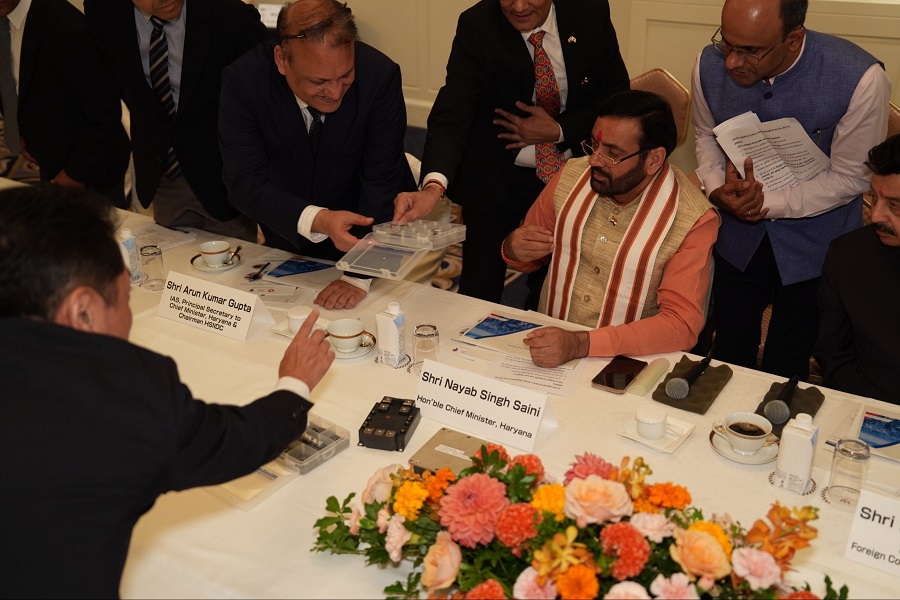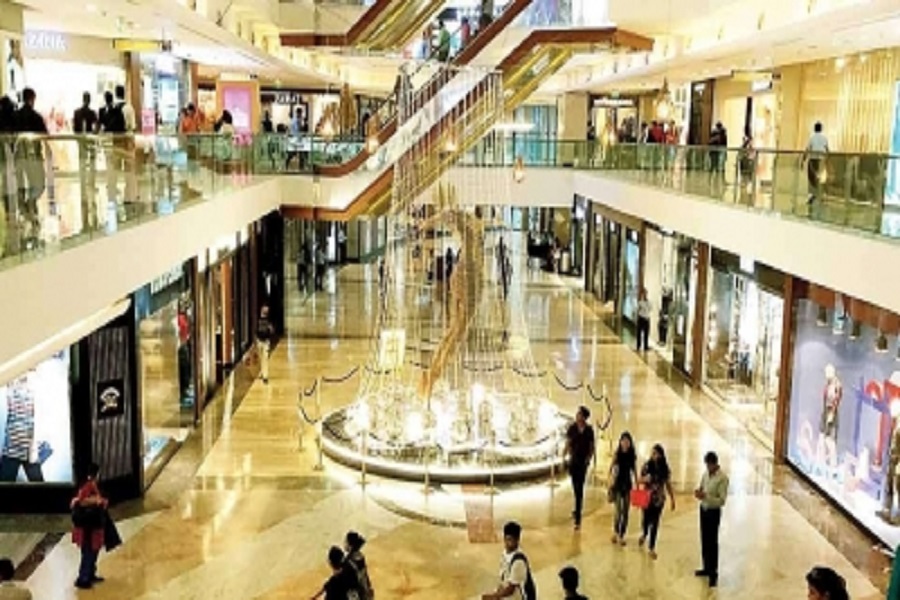NBFC Sector - Retail credit growth improves to 9.6% YoY; forms ~29% of total loans By Motilal Oswal

Retail credit growth improves to 9.6% YoY; forms ~29% of total loans
Retail loans comprise 78% of incremental credit over FY21YTD
* Systemic loan growth stood at 6.5% YoY for the fortnight-ended 12th Mar’21. The outstanding credit base has now reached INR108t. Retail credit growth improved to 9.6% YoY (v/s 9.1% YoY in Jan’21), with retail loans comprising ~78% of incremental credit over FY21YTD. Among the retail segments, housing loans grew 8.4% YoY (7.7% in Jan’21) and vehicle loans rose 8.3% YoY (7.1% in Jan’21). Credit cards grew 4.8% YoY (flattish on a month-on-month basis).
* Industry growth remained flattish, while growth in the Services segment improved to ~9.3% YoY. Agri growth also picked up at 10.2% YoY.
* Systemic loan growth is showing signs of revival, aided by rising consumer demand, with disbursements across various retail products – such as 2W, home, auto, LAP, and gold loans – surpassing pre-COVID levels. Banks, however, remain cautious about growing the unsecured book. Even growth in the Corporate segment is recovering, with the focus on lending to high-rated corporates, primarily for working capital needs.
* We expect the 1HFY22E capex cycle to be supported by PSU entities, while private sector capex would revive from 2HFY22E. Thus, we expect banking system credit to grow ~6.8%/11% YoY over FY21E/FY22E, with private banks expected to grow higher at ~15% YoY
Retail growth improves to 9.6% YoY in Feb’21, led by home/auto loans
Retail credit growth improved to 9.6% YoY in Feb’21 (v/s 9.1% YoY in Jan’21), with growth in home loans improving to 8.4% YoY (v/s 7.7% YoY in Jan’21). Vehicle loan growth also improved at 8.3% YoY (v/s 7.1% YoY in Jan’21), while credit card growth moderated slightly to 4.8% YoY. On a monthly basis, retail loans grew 1.8% MoM – within which home/vehicle loans grew 1.6%/1.5% MoM, while credit card growth stood flattish. Overall, the share of retail in total systemic credit stood at 29.2% (v/s 20% four years ago) and comprises ~78% of incremental credit over FY21YTD. Banks have indicated that growth in segments such as Tractors, 2Ws, Auto Loans, Gold Loans, and Affordable Housing has surpassed pre-COVID levels; recovery is seen in the Corporate segment as well.
Industry growth muted; expect capex demand to pick up over FY22E
* Large-scale industries posted decline of 1.5% YoY. However, medium-scale industries grew robustly at 21% YoY, while the trend in micro/small businesses was muted at 1.5% YoY.
* Furthermore, growth in the Services/Agri sector improved to 9.3%/10.2% YoY. Among sectors, Commercial Real Estate grew 1.6% YoY and Transport Operators grew 4.6% YoY. NBFC, however, grew strongly at 27% YoY.
* Given the government’s focus on improving expenditure, we expect capex demand to pick up – the 1HFY22E capex cycle is likely to be supported by various PSU companies and a revival is expected in private sector capex from 2HFY22.
System deposit growth trends robust at 12.1% YoY; CD ratio stands at ~72%
Deposit growth for the fortnight stood at 12.1% YoY. The outstanding deposit base reached INR149.6t. Most banks are focusing on garnering deposits (particularly CASA and retail TD) to ramp up their liability franchises and reduce dependence on bulk deposits. The systemic CD ratio stood at ~72% (v/s ~76% in Mar’20).
Monetary easing drives reduction in lending rates; NIMs to exhibit stable/improving trends
Continued monetary easing has resulted in lending rates plunging to all-time lows. Deposit rates for most large banks have bottomed out, and cost of funds is likely to remain largely stable given the excess liquidity in the system. Thus, we believe the gradual deployment of excess liquidity and an uptick in loan growth would result in the gradual normalization of spreads as well as support margins. Large banks with strong liability franchises would continue to gain incremental market share, in our view, and are better placed to tackle margin pressure. Therefore, we expect margins to exhibit a stable/improving trend going ahead.
Maintain preference for ICICIBC, HDFCB, and SBIN The balance sheets of large private banks are better placed v/s mid-sized peers given their a) strong capital position, b) huge liquidity, c) cost of funds advantage, and d) higher provision coverage in the stressed portfolio. Hence, large banks are well-placed to gain incremental market share. We prefer the large private banks (ICICIBC, HDFCB, and AXSB) over the mid-sized ones. Among the PSBs, SBIN would continue to report steady credit growth and gain further market share.
To Read Complete Report & Disclaimer Click Here
For More Motilal Oswal Securities Ltd Disclaimer http://www.motilaloswal.com/MOSLdisclaimer/disclaimer.html SEBI Registration number is INH000000412
Above views are of the author and not of the website kindly read disclaimer





.jpg)














